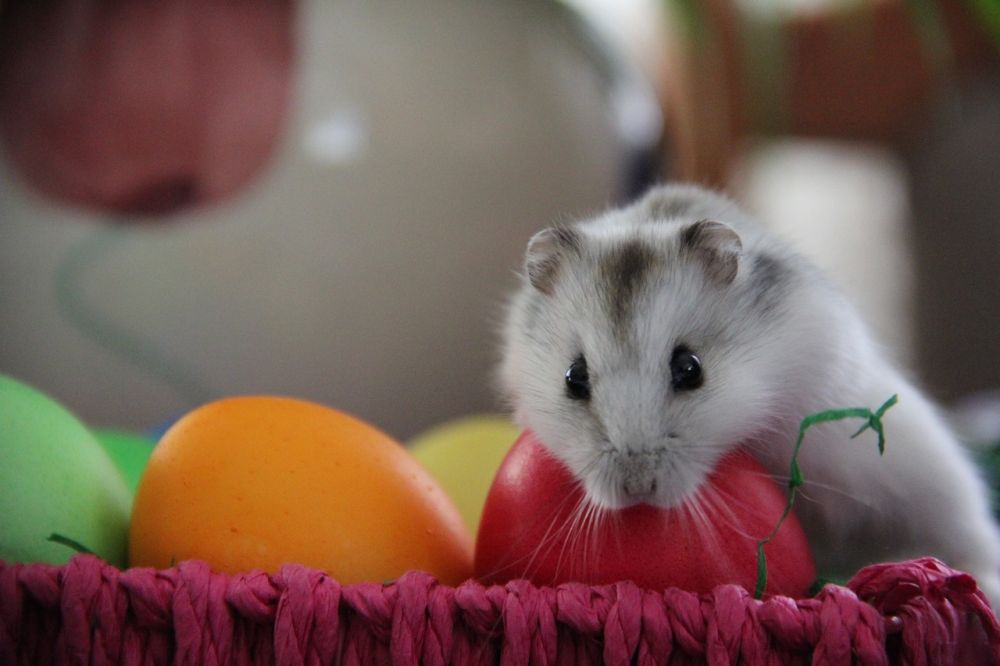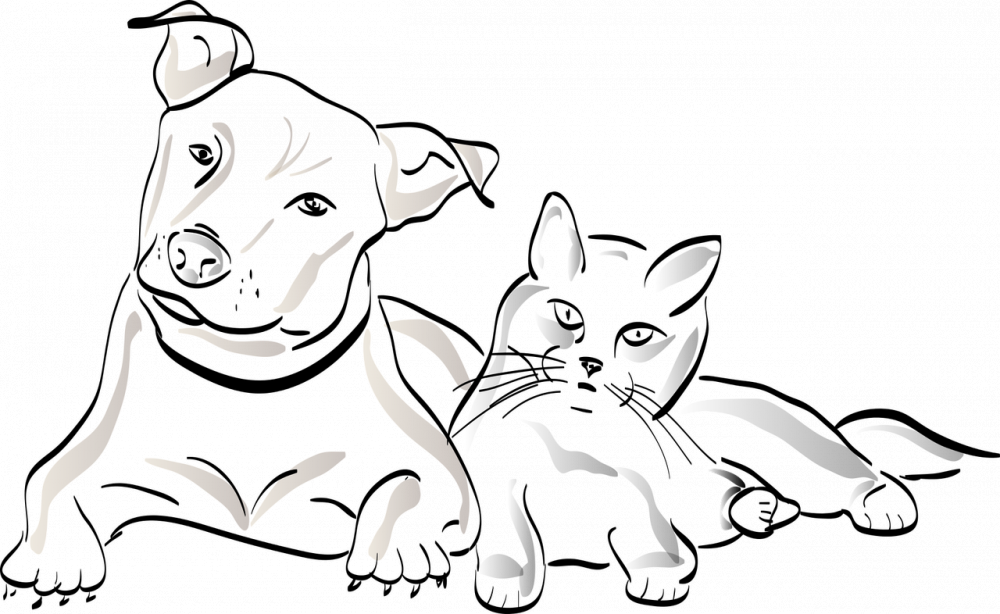Hamster Mature: A Comprehensive Guide to Understanding the Different Types, Popularity, Quantitative Measurements, and Historical Pros and Cons

Introduction
Hamster Mature refers to the process through which hamsters reach maturity and transition into adulthood. This article aims to provide a thorough overview of Hamster Mature, including the various types of hamsters, their popularity, and quantitative measurements. Furthermore, we will discuss the differences between different types of mature hamsters and explore a historical analysis of their advantages and disadvantages.
Types of Hamsters and Popularity

When it comes to hamsters, there are several different types that can reach maturity. The most popular types include Syrian hamsters, Dwarf hamsters (Roborovski, Campbell’s, and Winter White), and Chinese hamsters. Each type has its own unique characteristics and popularity among hamster enthusiasts.
– Syrian Hamsters: These are the largest and most common type of hamsters. Known for their solitary nature, Syrian hamsters can grow up to 6 inches in length and are available in various colors and patterns. Their popularity stems from their friendliness and ease of care.
– Dwarf Hamsters: Dwarf hamsters encompass three subtypes – Roborovski, Campbell’s, and Winter White. These hamsters are smaller than Syrians and are known for their high energy levels. They are social animals and thrive in pairs or small groups. Their popularity lies in their adorable appearance and entertaining behavior.
– Chinese Hamsters: Similar in size to Dwarf hamsters, Chinese hamsters are often mistaken for mice due to their slender bodies. They are known for their agility and climbing abilities. Although not as popular as Syrians or Dwarf hamsters, Chinese hamsters have a dedicated fanbase.
Quantitative Measurements of Hamster Mature
When it comes to measuring hamster maturity, there are several factors to consider. These include weight, body length, and reproductive capabilities. The average weight of mature hamsters varies depending on the species, with Syrian hamsters typically weighing between 100-200 grams, while Dwarf and Chinese hamsters weigh around 30-50 grams.
In terms of body length, mature Syrian hamsters can reach up to 6 inches, while Dwarf and Chinese hamsters usually measure around 2-3 inches. Additionally, the reproductive capabilities of mature female hamsters are a significant factor for breeders and enthusiasts.
Differences Between Types of Hamster Mature
Each type of mature hamster has its own unique characteristics and behaviors. Syrian hamsters, being solitary creatures, require separate living spaces and tend to be less sociable compared to Dwarf and Chinese hamsters. Dwarf hamsters, on the other hand, thrive in social settings and enjoy living with a companion.
Chinese hamsters, similar to Dwarf hamsters, are sociable animals and can be kept in pairs or small groups. However, they are generally more agile and active climbers compared to other types. These differences in behavior and social needs should be considered when deciding which type of hamster is best suited for your lifestyle.
Historical Pros and Cons of Hamster Mature
The history of hamster maturation is marked by both advantages and disadvantages. One of the main benefits of hamster mature is the joy and companionship these small creatures bring to their owners. Their cute and cuddly appearance, coupled with their entertaining behaviors, make them popular pets for many households.
However, there are also challenges associated with hamster mature. Hamsters, especially Syrians, have a relatively short lifespan of about 2-3 years. This can be heartbreaking for owners who become attached to their furry companions. Additionally, some people may find the nocturnal nature of hamsters disruptive to their sleep patterns.
Conclusion
In conclusion, understanding hamster mature is essential for anyone considering owning a hamster. By exploring the different types, their popularity, quantitative measurements, differences, and historical pros and cons, potential owners can make informed decisions about which type of hamster best suits their preferences and lifestyle. Whether you choose a Syrian hamster, a Dwarf hamster, or a Chinese hamster, providing them with a loving and nurturing environment will ensure a fulfilling companionship that these small creatures are known for.





